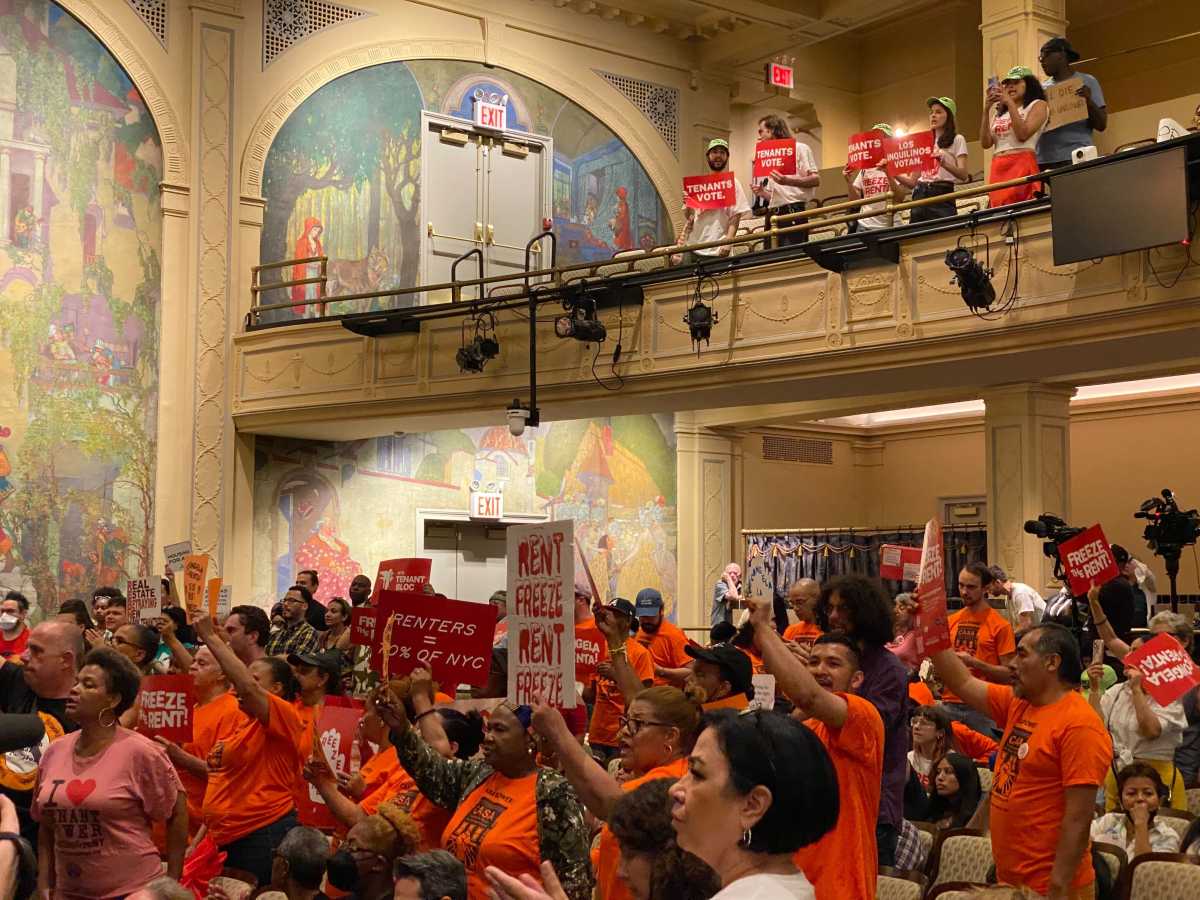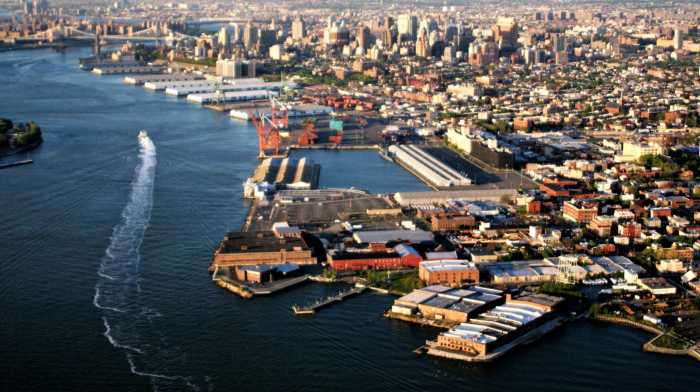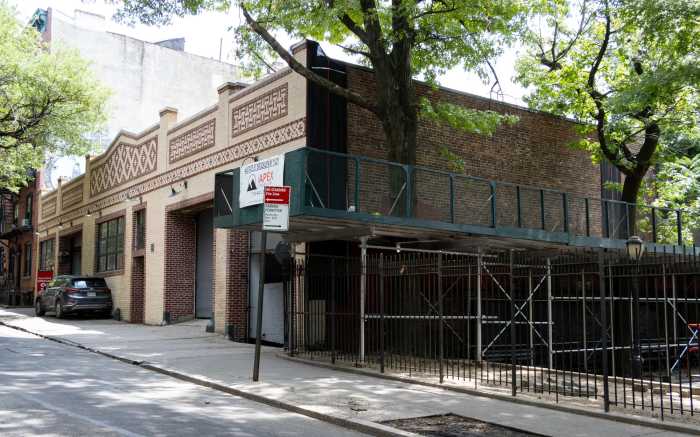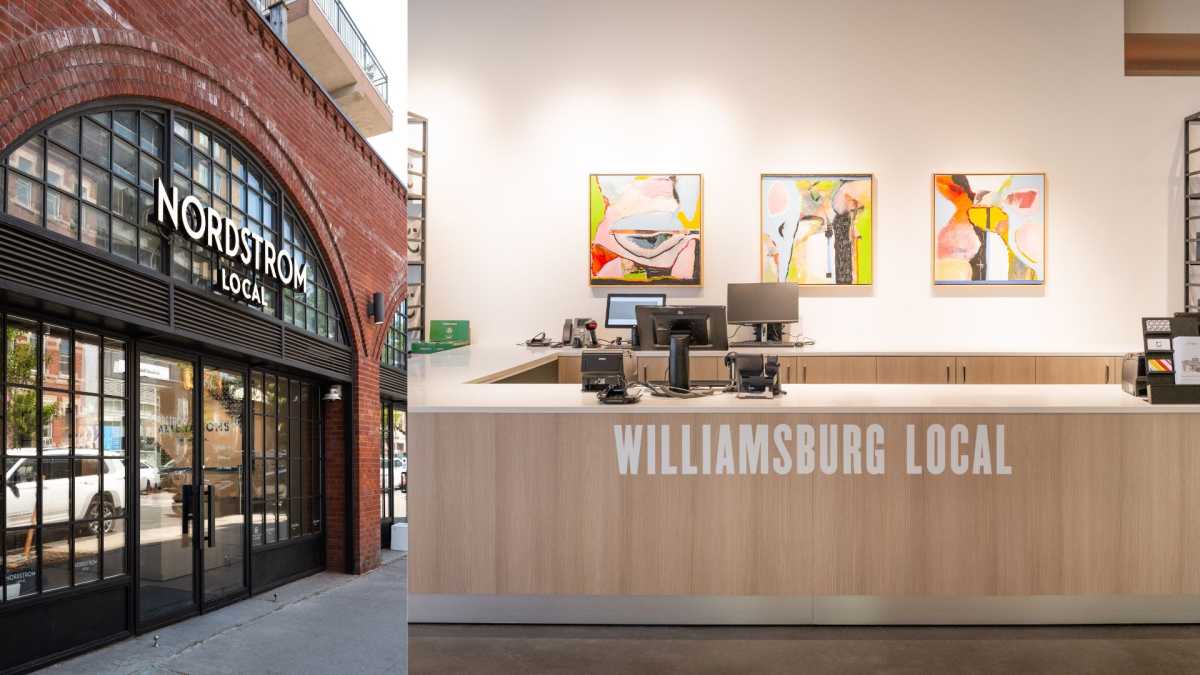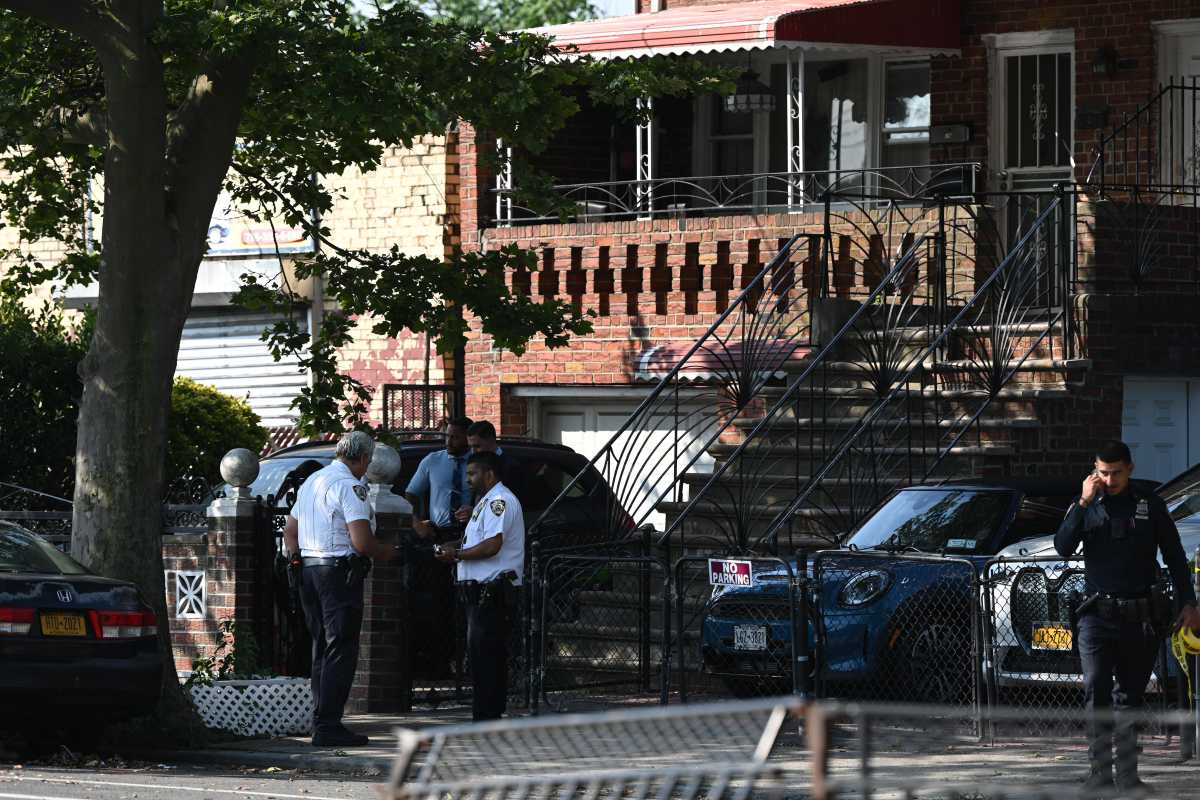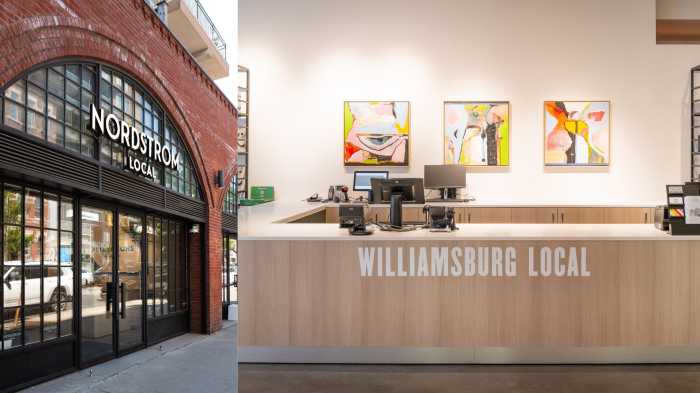Lately it’s as if Brooklyn was the “straight guy” to the
city and state’s “queer eye.”
Skyscrapers are planned for downtown. A basketball arena may soon host
the Nets in Prospect Heights. And the city this week took a major step
in restoring Coney Island to its former seaside glory.
Davis Brody & Bond, a Manhattan-based architectural firm responsible
for sweeping expansion plans in Bedford-Stuyvesant and at Polytechnic
University, was tapped Tuesday to submit a large-scale plan to redevelop
the home of the world famous Cyclone roller-coaster, the Brooklyn Cyclones
minor league baseball team, and the recently renovated Parachute Jump.
The design team also includes the accounting firm of Ernst & Young.
The recommendation by the Coney Island Development Corporation capped
a breezy selection process in which 21 prospective design teams were whittled
to one in less than a month. The selection now moves to the Economic Development
Corporation, which will negotiate a contractual agreement with the design
team, according to a spokeswoman for the EDC, who said a master plan could
be ready by August.
When completed, the plan will extend to the area —bounded by Neptune
Avenue to the north, the Atlantic Ocean to the south, Ocean Parkway to
the east, and West 37th Street — the redevelopment bug that’s
already infected much of northern Brooklyn since last year.
The EDC created the 13-member Coney Island Development Corporation last
September to shepherd a financial plan and design.
“It definitely has to be a public-private endeavor,” said EDC
spokeswoman Janel Patterson, who said the initial 100-page proposals submitted
by each group didn’t outline specific plans.
“The plan will build on existing business space and look to develop
private property. The city, of course, can’t pay for the whole thing,
that’s the reason for putting together the whole plan.”
It would also be a continuation of new construction that already includes
the $39 million, publicly financed Keyspan Park, where the Brooklyn Cyclones
play, and the soon-to-be completed, $240 million Stillwell Avenue train
station, the major subway link from Coney Island to the rest of the city.
Community Board 13 District Manager Chuck Reichenthal, a member of the
group, said that nearly all of the 21 proposals included mention of a
boardwalk-side ferry service, likely at the old Iron Pier behind Keyspan
Park near Stillwell Avenue.
“The dream is thus, to perhaps develop a ferry plan from Lower Manhattan
to Coney Island,” said Reichenthal. “To me, it’s an interesting
concept because very often you have to take a boat to just about every
world-class city. Think about Venice.”
But Brooklyn’s “Venice” has 27-story public housing buildings
and more than 27 acres of vacant property.
Drawing from an existing plan by the Coney Island-based Astella Development
Corporation, which focuses primarily on entertainment, Davis Brody &
Bond is expected to reveal a master plan that would swing widely from
residential and commercial development to amusement and transportation.
Despite Borough President Marty Markowitz’s public enthusiasm over
a possible resurrection of the Parachute Jump as an amusement park ride,
no specifics have surfaced as to how that 262-foot structure would be
used in the plan. Standing dormant since 1968, Markowitz sparked a $5
million restoration project for the city landmark, still Coney Island’s
tallest structure.
“My dream is to get that Parachute Jump up and working again,”
Markowitz said at a press luncheon at Borough Hall on Wednesday. “Sadly,
for many years Coney Island had deteriorated, but what’s happening
now gives every indication that it’s coming back.”
Davis Brody & Young is the architectural firm behind both the glass-sheathed
addition two years ago to the 110-year-old Harvard Club, on West 44th
Street at Fifth Avenue in Manhattan, and Medgar Evers College High School
in Crown Heights. Their vision for Polytechnic University included the
addition of 20- and eight-story buildings in Downtown Brooklyn, one a
residential hall and the other an administrative building housing a multipurpose
gym.
Max Bond, a lead architect on the plans, referred press inquiries to Charles
Shorter, an advisor with Ernst & Young. At press time, Shorter had
not returned calls seeking comment.
“We were looking for the best balance between two kinds of fundamental
qualities,” said Kenneth Adams, president of the Brooklyn Chamber
of Commerce and a member of the Coney Island Development Corporation.
“We were looking for a really strong economic and real estate plan.
But we also wanted a group that could bring a world-class, imaginative
design to Coney Island.”
Over the next several months, said Patterson, the 13-member CIDC will
begin holding public meetings, mostly in and around Coney Island, to give
residents and business people a chance to weigh in.
Among the criteria included in the request for proposals issued in January
was that the plan spur job growth and turn the summer destination into
a year-round attraction.


